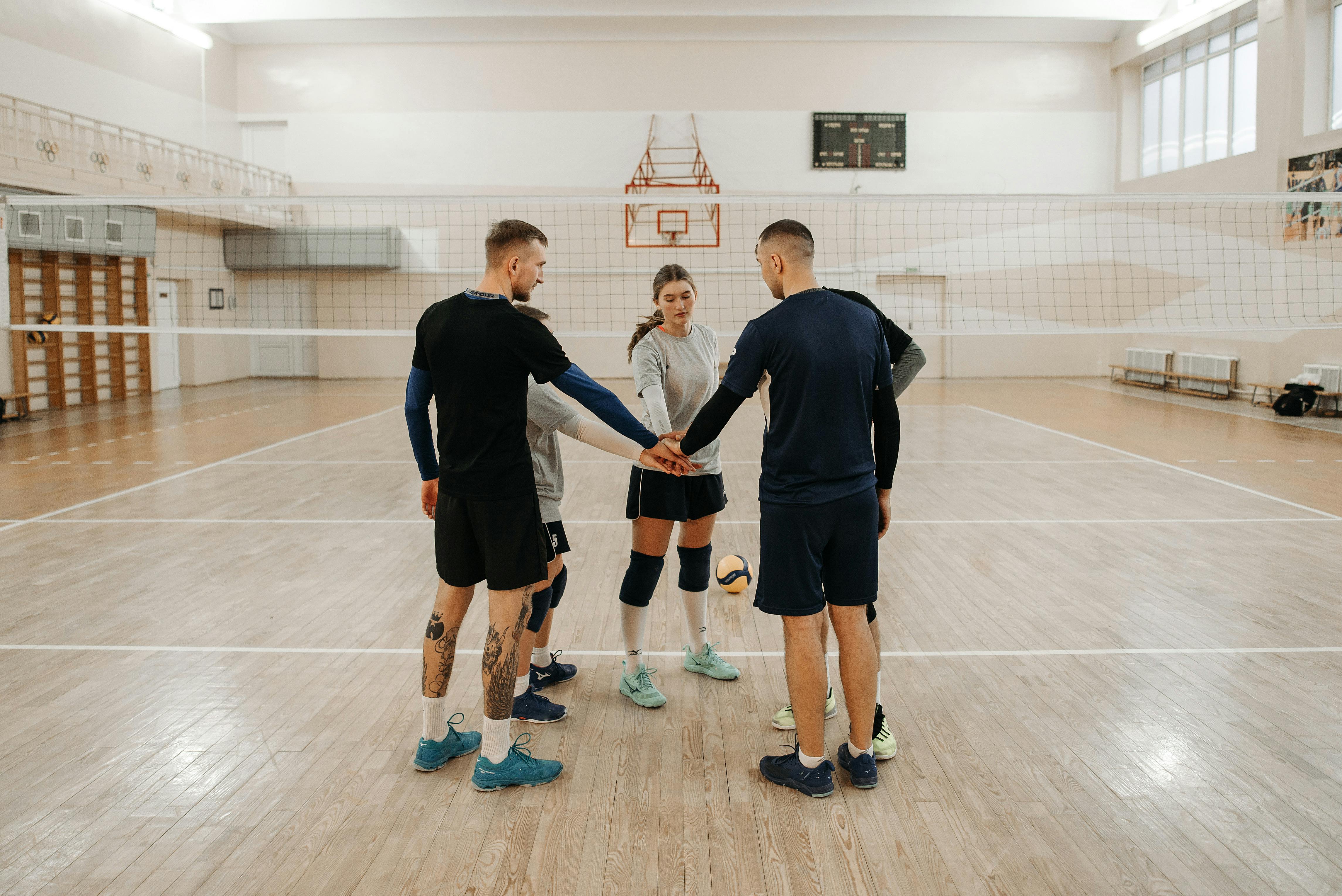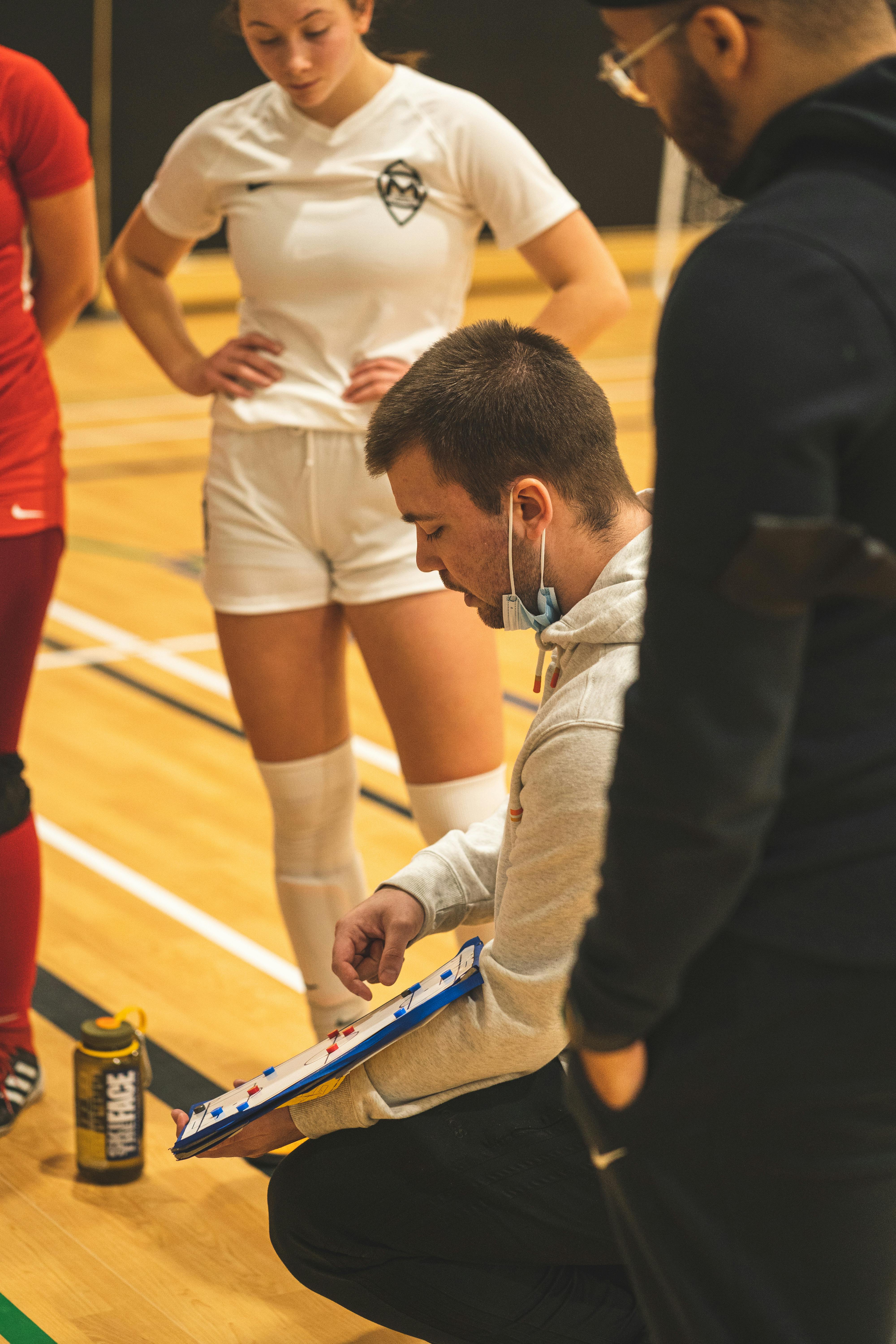Smart Ways to Design a Gym Training Plan for Beginners in 2025: Discover the Best Key Exercises!
Embarking on a fitness journey can be both exciting and daunting, especially for beginners looking to establish a structured gym training plan. Understanding the importance of a comprehensive approach to fitness helps pave the way to achieving personal goals, whether it’s weight loss, muscle building, or improving overall health. In 2025, as fitness trends evolve, there’s no better time for newcomers to dive into effective gym workouts with a focus on tailored exercises that cater to their unique needs.
This article will delve into the fundamentals of creating an effective gym training plan, exploring essential elements such as full-body workouts, warm-up routines, and rest days. We’ll highlight key exercises that can enhance strength and cardiovascular performance, while also addressing common training errors beginners should avoid. Additionally, we will provide insights on maintaining motivation, tracking progress, and aligning workouts with specific fitness goals.

Essential Components of a Beginners’ Gym Training Plan
Building a gym training plan requires understanding the fundamental components that ensure balanced and effective workout routines. This journey begins with an awareness of your fitness goals and preferred training style.
Identifying Your Fitness Goals
Establishing clear fitness goals is critical for beginners. Whether you’re aiming for weight loss, muscle gain, or overall health improvement, your objectives dictate the focus of your workouts. For instance, if muscle building is a priority, incorporating strength training exercises like squats and deadlifts will be essential. Conversely, those focused on weight loss should prioritize cardio workouts and high-intensity interval training (HIIT) to maximize calorie burn.
Creating a Balanced Routine
A comprehensive training plan should encompass both strength and cardio exercises. For beginners, this means allocating specific days for strength training and others for cardio workouts. A good starting point might involve three days dedicated to strength training and two days focused on cardiovascular exercises, allowing adequate rest and recovery.
The Importance of Warm-Up and Cool Down
Warm-up routines are crucial for injury prevention and enhanced performance during workouts. Engaging in light cardio and dynamic stretches prepares your muscles and increases heart rate. Similarly, allocated time for cooling down and static stretches post-workout aids in recovery and flexibility, which can significantly contribute to long-term fitness success.
Key Exercises for Effective Full-Body Workouts
Full-body workouts are ideal for beginners, allowing them to engage multiple muscle groups in a single session, promoting overall physical fitness. This approach facilitates better results in a shorter period while helping newcomers gain confidence.
Strength Training Basics for Beginners
Implementing foundational strength training exercises is vital. Movements such as squats, bench presses, and deadlifts are excellent for building muscle and increasing strength. For a well-rounded workout, include exercises targeting all major muscle groups, ensuring proportional development across the body.
Introducing Cardio Exercises
Incorporating variations of cardio exercises – such as running, cycling, or jump rope – keeps workouts engaging and helps improve cardiovascular health. Beginners should aim to progressively increase the intensity and duration of cardio sessions to avoid plateaus in fitness progress.
Learning Bodyweight Exercises
Bodyweight exercises, such as push-ups, pull-ups, and lunges, are essential for building functional strength. These exercises allow beginners to develop stability and mastery over their body movements before progressing to weighted variations or machines.

Strategies for Tracking Progress and Staying Motivated
Monitoring progress is essential to maintain motivation and measure the success of a training plan. Implementing strategic methods for tracking workouts and improvements can significantly enhance the fitness journey for beginners.
Utilizing Fitness Apps
Fitness apps can be incredibly beneficial for tracking workouts, calories burned, and overall progress. They often allow users to log exercises, set milestones, and track achievements, providing a visual representation of one’s fitness journey. Popular apps among beginners include MyFitnessPal and Fitbit, which offer easy tracking capabilities.
Establishing a Training Journal
Keeping a training journal further reinforces commitment. By documenting workouts, weight lifted, and repetitions can help highlight progress and patterns over time, allowing for adjustments when necessary. Reviewing past entries can also foster a positive mindset by showcasing improvements.
Engaging with a Fitness Community
Finding a workout partner or joining a fitness community can elevate motivation levels. Sharing experiences, challenges, and successes with others creates a supportive environment that encourages perseverance. Online forums, local classes, or group training sessions can help beginners find this connection.
Common Mistakes to Avoid as a Beginner
Every fitness journey may encounter pitfalls, especially for beginners. Recognizing common errors can ensure a smoother transition into a consistent training routine while preventing injuries.
Skipping Warm-Up or Cool Down
Many beginners overlook the importance of warming up and cooling down. Neglecting these routines can lead to injuries and hinder recovery. Always allocate time for dynamic movements before and static stretches after workouts, as this practice sets the tone for a successful session.
Overtraining or Inconsistent Routine
Overtraining is a common mistake resulting from excessive eagerness. Beginners should prioritize rest and recovery days within their training plans. Equally, maintaining a consistent routine will yield better results over time, so implementing a manageable workout frequency is crucial.
Ignoring Nutrition and Hydration
Nutrition plays a vital role in achieving fitness goals. Beginners should educate themselves about balanced diets that support their training efforts. Staying hydrated is equally important to ensure optimal performance during workouts.
Setting Realistic Goals and Celebrating Progress
Fitness goals should always be realistic and achievable. They provide a sense of direction and keep motivation levels high throughout the fitness journey. Breaking down long-term goals into smaller milestones can make progress feel more attainable.
The Role of Personal Trainers
For beginners seeking personalized guidance, working with a personal trainer can provide expertise and accountability. Trainers can help create customized training plans tailored to individual needs and ensure correct exercise execution, promoting safety and effectiveness in workouts.
Creating a Reward System
Finally, celebrating milestones can boost motivation. Establishing a reward system for achieving specific goals, whether it’s treating oneself to new workout gear or enjoying a favorite meal, creates positive reinforcement that encourages continued effort.
Conclusion: Embracing the Fitness Journey
Designing an effective gym training plan for beginners in 2025 involves focusing on full-body workouts, proper techniques, progress tracking, and nutrition. By understanding the essential components and avoiding common mistakes, newcomers can create a sustainable fitness routine that helps them achieve their personal goals. Whether it’s weight loss, muscle gain, or overall health improvement, the journey to fitness is a rewarding one, marked by continued growth and learning.
For more fitness tips and detailed guidance on different training programs, check out our articles on Fitness for Beginners and Gym Equipment Utilization.
